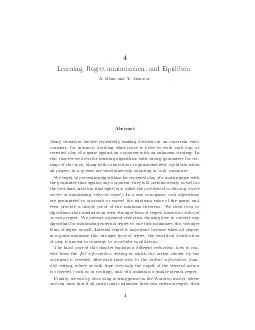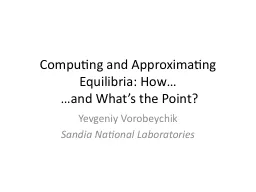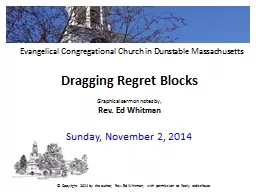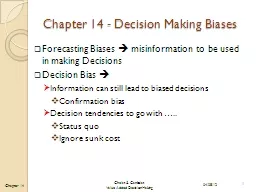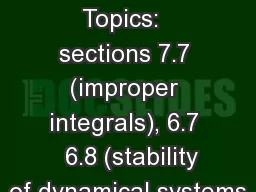PDF-Learning Regret minimization and Equilibria A
Author : briana-ranney | Published Date : 2014-12-24
Blum and Y Mansour Abstract Many situations involve repeatedly making decisions in an u ncertain envi ronment for instance deciding what route to drive to work e
Presentation Embed Code
Download Presentation
Download Presentation The PPT/PDF document "Learning Regret minimization and Equilib..." is the property of its rightful owner. Permission is granted to download and print the materials on this website for personal, non-commercial use only, and to display it on your personal computer provided you do not modify the materials and that you retain all copyright notices contained in the materials. By downloading content from our website, you accept the terms of this agreement.
Learning Regret minimization and Equilibria A: Transcript
Download Rules Of Document
"Learning Regret minimization and Equilibria A"The content belongs to its owner. You may download and print it for personal use, without modification, and keep all copyright notices. By downloading, you agree to these terms.
Related Documents

